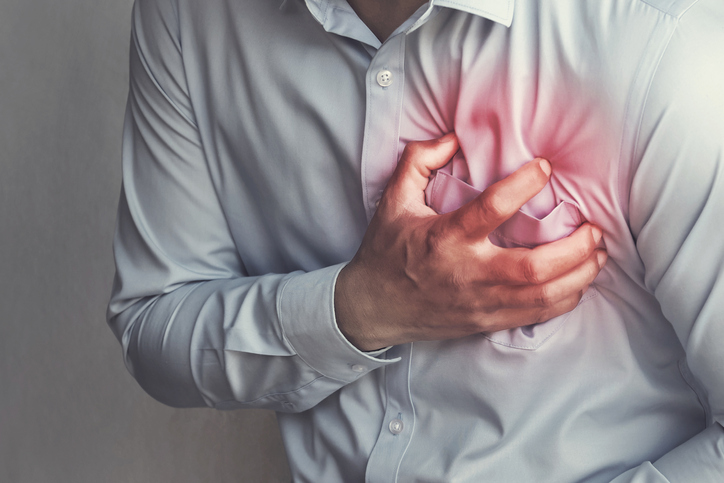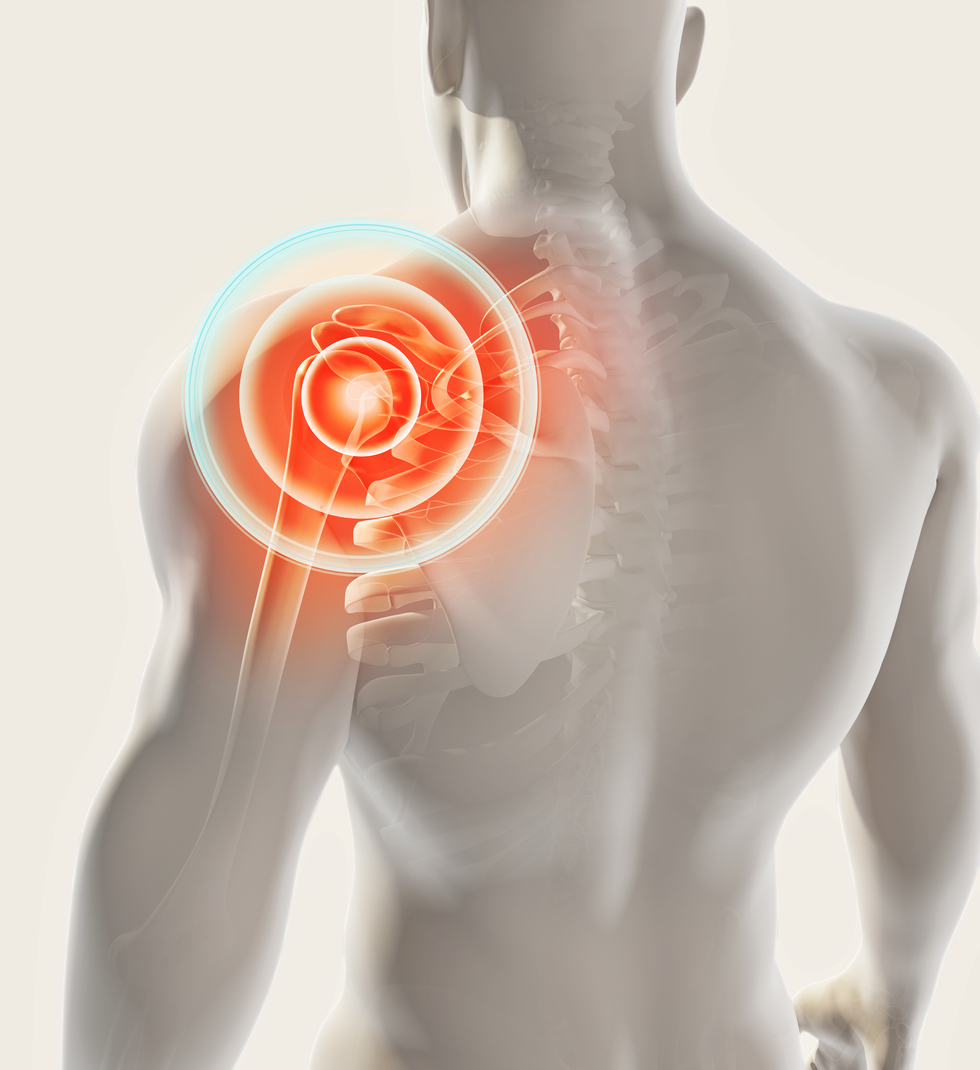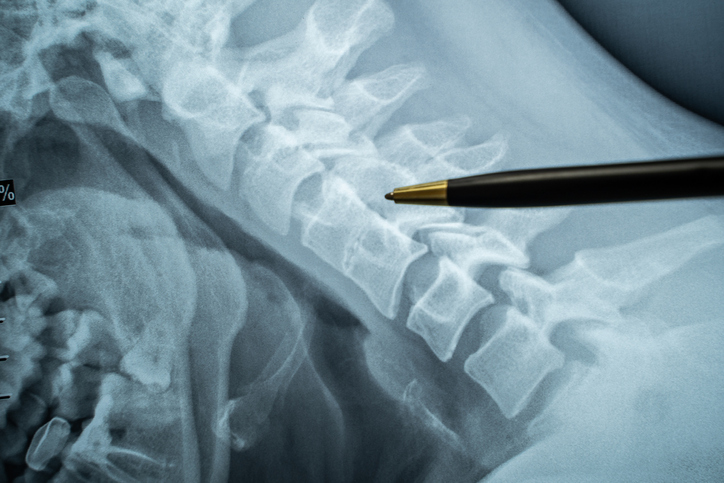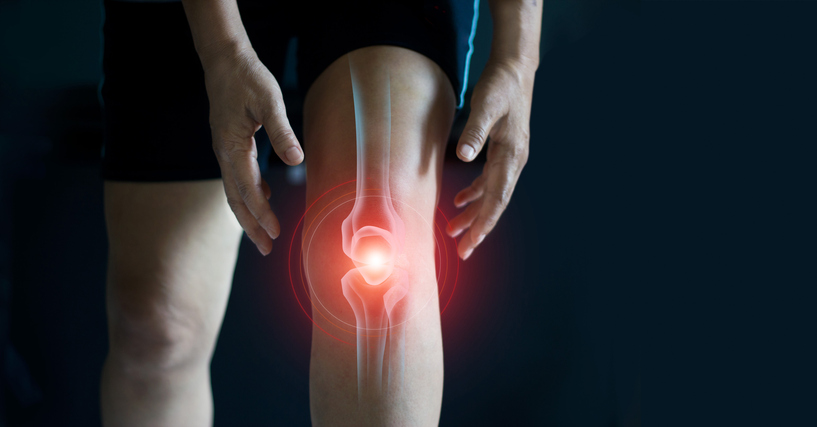Pain
What Is the Nocebo Effect?

What is the placebo effect?
Most people are familiar with the placebo effect. It occurs when a placebo (e.g., sugar pill, saline injection, etc.) is given instead of an active medical treatment, yet improvement or side effects are still experienced. The placebo effect involves the brain convincing the body that the treatment is legitimate.
What is the nocebo effect?
A related phenomenon is the nocebo effect. The nocebo effect involves the worsening symptoms or the development of negative side effects after a placebo treatment. The nocebo effect can also occur after a genuine medical treatment; however, the symptoms are not actually caused by the treatment. The most common symptoms associated with the nocebo effect are drowsiness, headache and nausea.
Several factors may play a role in the nocebo effect:
- Self-fulfilling prophecy — Awareness of negative side effects and the belief that they may occur can actually create those effects. However, health care professionals must disclose risks and potential side effects before a treatment is given so that individuals can make informed treatment decisions.
- Communication style — If communication about a treatment involves overemphasis of negative information or negative information is not balanced with positive information, the nocebo effect is more likely to occur.
- Contagious rumor — Hearing or reading about negative treatment reactions that others have experienced makes it more likely that similar negative reactions will occur.
- Past experience — If a previous treatment failed or negative side effects developed, it is more likely that a similar experience will occur in the future.
- Personality traits — Certain personality traits have been linked to the nocebo effect, including pessimism, harm avoidance, and pain catastrophizing.
The placebo and nocebo effects prove that thoughts can create physical reactions. Thinking positively and believing that a treatment will work increase the odds of a good outcome.


















